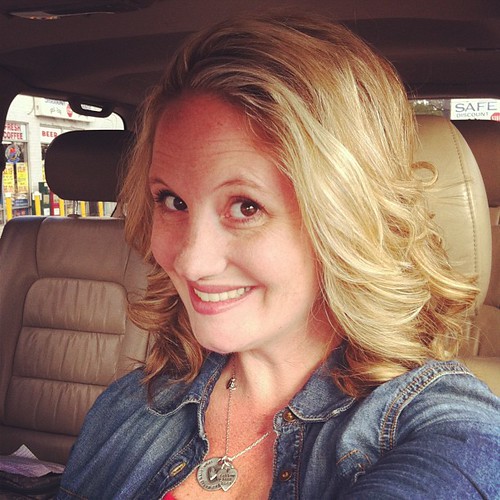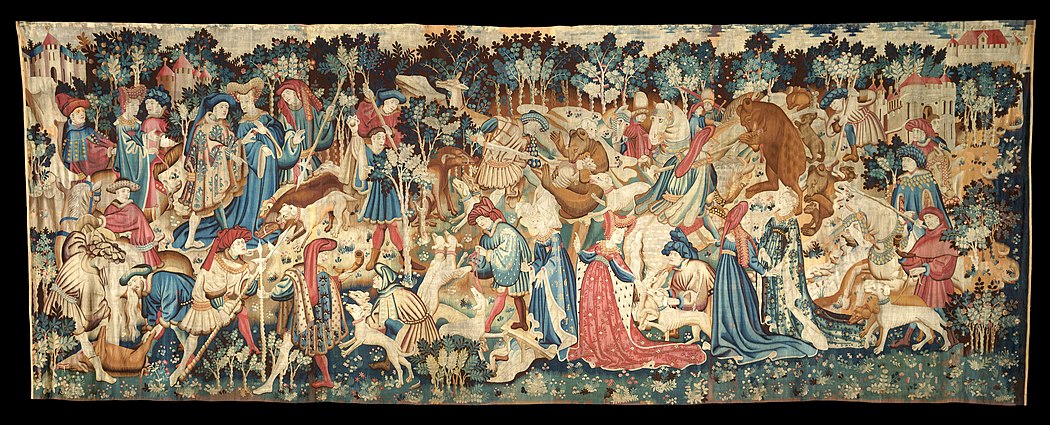
Hollywood, the land of dreams, dazzling premieres, and larger-than-life personalities, often presents a polished facade to the world. We see the glamorous results on screen: captivating performances, undeniable chemistry, and seemingly effortless collaborations. Yet, behind the carefully curated smiles and synchronized red carpet appearances lies a truth that can be as dramatic, and sometimes as ugly, as any scripted narrative: working in show business is, at its core, still a job.
For every heartwarming story of co-stars becoming lifelong friends, there’s a lesser-known, often fiercely guarded tale of actors who simply couldn’t stand each other. These aren’t just minor disagreements; we’re talking about feuds so intense they’ve forced directors to shoot scenes separately, led to actors being fired, or even derailed entire productions. From legendary ego battles to misunderstandings spiraling into public insults, the history of cinema and television is littered with instances where the magic of performance was severely tested by real-world animosity.
This deep dive takes us behind the scenes, pulling back the curtain on some of Hollywood’s most infamous co-star beefs. We’ll explore the origins of these conflicts, the dramatic escalations, and the lasting impact they’ve had on careers, reputations, and even cinematic legacies. Prepare to discover that sometimes, the most compelling drama isn’t found in the script, but in the often-strained relationships between the very people bringing those scripts to life.
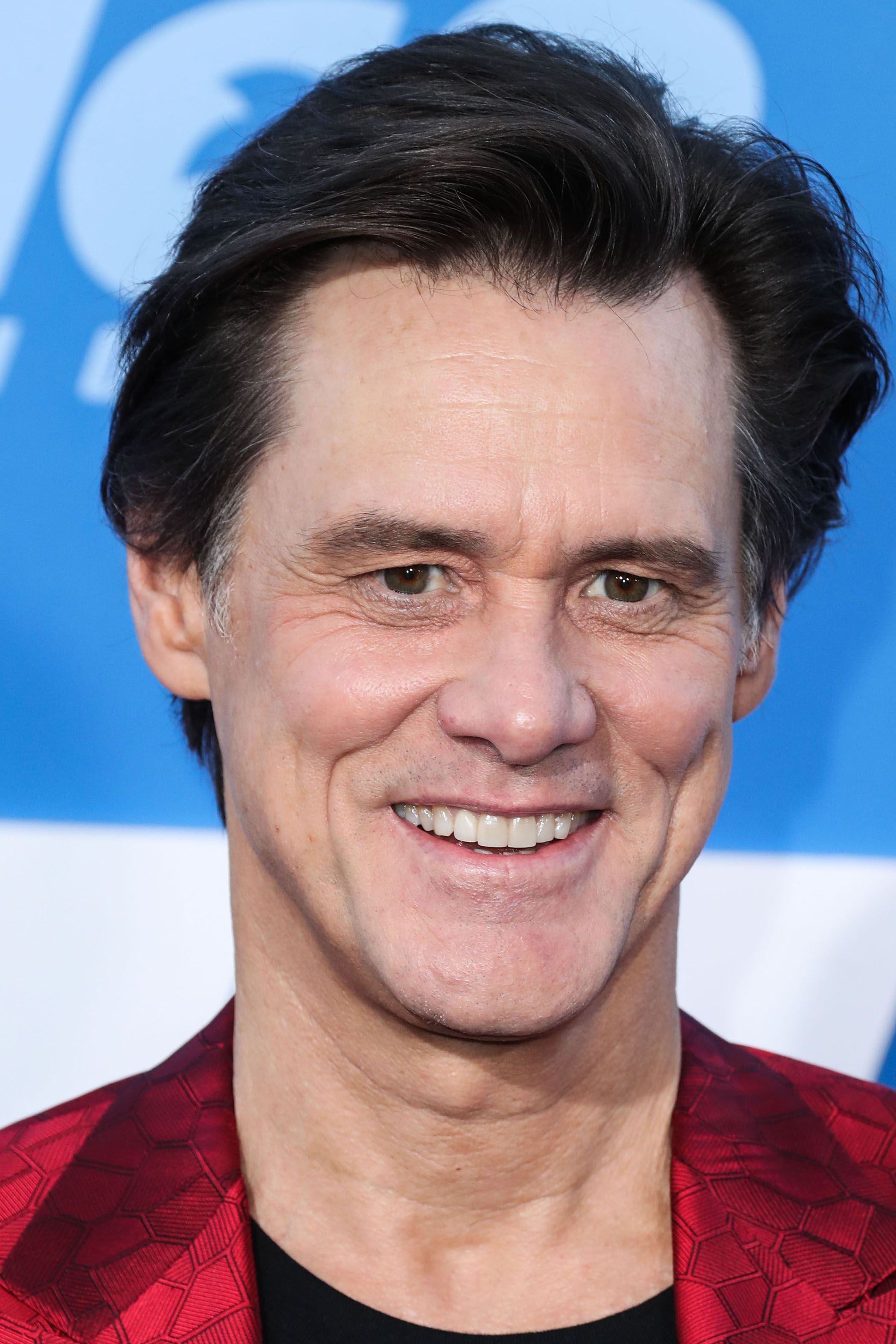
1. **Jim Carrey and Tommy Lee Jones**The mid-1990s saw Jim Carrey at the pinnacle of his slapstick comedy career, his frenetic energy defining an era of big-screen laughs. When he signed on to play the Riddler in 1995’s “Batman Forever,” it seemed like a perfect fit for his over-the-top style. However, his co-star, the esteemed and intensely serious Tommy Lee Jones, who portrayed Harvey “Two-Face” Dent, was decidedly unimpressed by Carrey’s comedic approach. Director Joel Schumacher himself confirmed the tension, telling Entertainment Weekly in 1996, “Jim Carrey was a gentleman, and Tommy Lee was threatened by him. I’m tired of defending overpaid, over-privileged actors.”
The animosity wasn’t just a quiet disdain; it spilled over into direct confrontation. Carrey recounted a particularly awkward encounter with Jones the night before they were scheduled to film a scene together. Running into each other at a restaurant, Carrey, attempting to be cordial, approached Jones’ table. The greeting he received, however, was far from friendly. Jones “got up, kind of shaking, and hugged me and said, ‘I hate you. I really don’t like you,'” Carrey told Howard Stern, expressing his surprise at the raw hostility.
Jones then delivered a line that has since become legendary in the annals of co-star feuds: “I cannot sanction your buffoonery.” This blunt dismissal perfectly encapsulated the chasm between their performance styles and personalities. While Carrey embraced the zany, Jones clearly found it beneath his dramatic sensibilities. The incident highlights how deeply personal creative differences can become, transforming professional friction into outright personal animosity, creating an atmosphere of palpable discomfort even for those observing from the sidelines.
Read more about: 14 Major Stars Who Flat-Out Refused to Work Together at the Same Studio: Unpacking Hollywood’s Juiciest Feuds
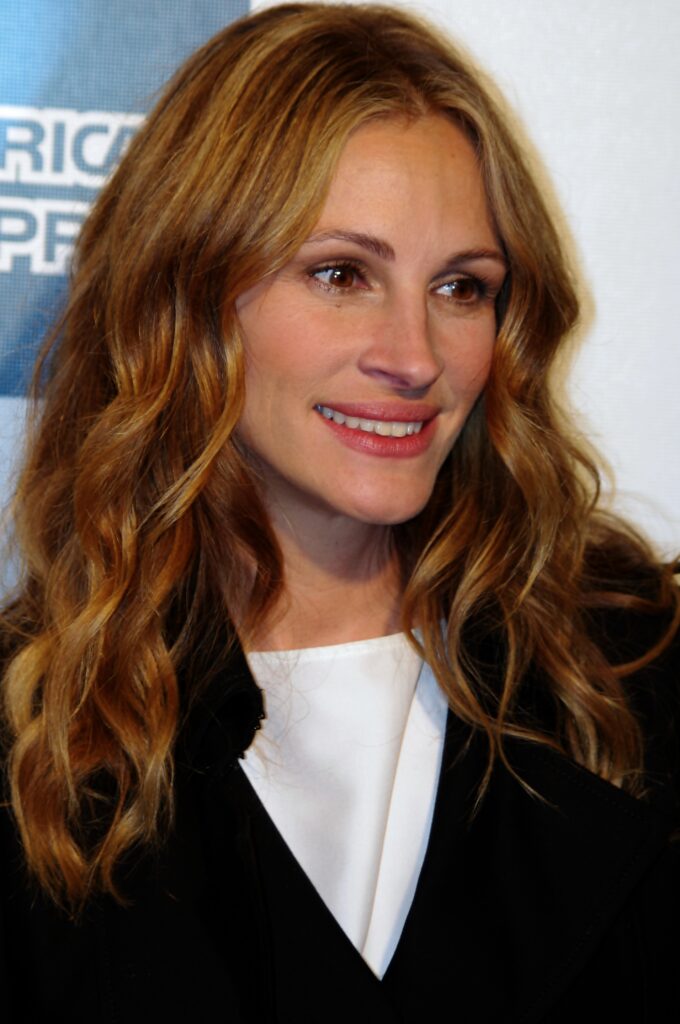
2. **Julia Roberts and Nick Nolte**In 1994, two titans of the silver screen, Julia Roberts and Nick Nolte, were paired for the romantic comedy “I Love Trouble.” On paper, the pairing of two charismatic leads should have been a box office dream. In reality, their on-set dynamic was anything but romantic, with their palpable lack of chemistry translating directly to the screen. The conflict between the two stars was so intense and persistent that it became a major challenge for the production, pushing the boundaries of professional conduct.
Reports from the set suggested that the constant quarreling reached such a boiling point that director Charles Shyer had to resort to drastic measures. To minimize direct interaction and mitigate the escalating tension, he reportedly filmed some of their scenes separately. This creative workaround speaks volumes about the depth of their mutual dislike, indicating a level of animosity that made working in the same room virtually impossible without disrupting the entire production schedule and atmosphere.
The public airing of their grievances further solidified their status as one of Hollywood’s most acrimonious pairings. Roberts, in an interview with the New York Times while filming “I Love Trouble,” famously described Nolte as “completely disgusting” and stated that he “seems go out of his way to repel people.” Nolte, not one to back down, promptly retaliated, asserting, “It’s not nice to call someone ‘disgusting.’ But she’s not a nice person. Everyone knows that.” This public exchange cemented their feud as one of the industry’s most remembered, underscoring that some professional conflicts leave wounds that refuse to heal, even years later, as evidenced by Roberts’ later impression of Nolte on “The Late Show.”
Read more about: 14 Major Stars Who Flat-Out Refused to Work Together at the Same Studio: Unpacking Hollywood’s Juiciest Feuds
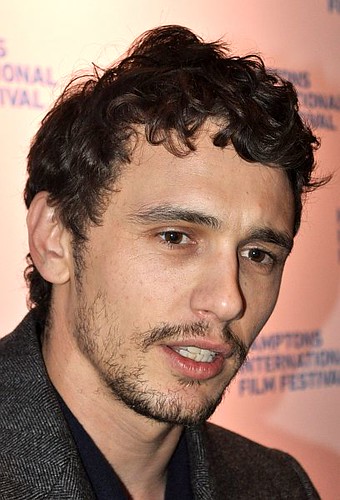
3. **James Franco and Tyrese Gibson**The 2006 military drama “Annapolis,” directed by Justin Lin, largely revolved around a boxing tournament, a narrative device that unfortunately led to real-life blows between co-stars James Franco and Tyrese Gibson. Franco, known for his commitment to method acting, took his immersion into the role a step too far, blurring the lines between rehearsal and reality in a way that deeply disturbed his castmate. This overzealous approach created a hostile and physically threatening environment on set.
Gibson publicly accused Franco of landing actual punches during their boxing scene rehearsals. “The dude was full-on hitting me,” Gibson told Elle, expressing his frustration with Franco’s unwavering intensity. “I was always like, ‘James, lighten up, man. We’re just practicing.’ He never lightened up.” This relentless aggression, perceived by Gibson as personal, transformed what should have been a choreographed performance into a genuine ordeal, fostering deep resentment that lasted long after filming wrapped.
While Franco denied physically hitting Gibson, he later conceded to GQ that, at the time, “I was probably a jerk.” This admission, however, did little to mend the fences with Gibson, who made it clear in a 2007 Playboy interview that he had no intention of ever collaborating with Franco again. “I never want to work with him again, and I’m sure he feels the same way,” Gibson stated emphatically. He further elaborated on the emotional toll, saying, “It felt very personal. It was [messed] up.” The incident serves as a cautionary tale about the perils of method acting when it infringes upon the safety and comfort of fellow performers, leading to irreparable damage to professional relationships.
Read more about: 14 Major Stars Who Flat-Out Refused to Work Together at the Same Studio: Unpacking Hollywood’s Juiciest Feuds

4. **Will Smith and Janet Hubert**For devoted fans of “The Fresh Prince of Bel-Air,” the sudden replacement of Janet Hubert, the original Aunt Vivian, in 1993 with Daphne Reid remains a well-known, albeit often misunderstood, turning point in the show’s history. The official narrative often obscured the deeper, more painful truth of what transpired behind the scenes. According to Hubert herself and numerous show insiders, the relationship between her and lead star Will Smith, along with other younger cast members, was fraught with tension and alleged cruelty.
Hubert’s accounts paint a grim picture of her time on set, claiming that Smith and Alfonso Ribeiro were “like bad kids” and that Smith “did some heinous, horrible things to me.” These allegations of targeted mistreatment highlight the power dynamics at play on a television set, where a show’s breakout star can exert significant influence, sometimes to the detriment of co-stars. The friction eventually became untenable, leading to Hubert’s departure and a public feud that would simmer for decades.
Smith, in a 1993 interview with an Atlanta radio station, countered Hubert’s claims, attributing her exit to a “bad attitude” during filming and famously remarking, “No matter what, to her I’m just the Antichrist.” This exchange underscored the deep personal animosity. The feud reignited publicly in 2011 when Hubert, speaking to TMZ, declared she would “never do anything with an a*****e like Will Smith,” further accusing him of being “still an egomaniac and has not grown up.” This prolonged and very public battle over two decades illustrates how deeply personal and professional grievances can become intertwined, leaving a lasting scar on a beloved cultural touchstone.
Read more about: 14 Major Stars Who Flat-Out Refused to Work Together at the Same Studio: Unpacking Hollywood’s Juiciest Feuds

5. **Shannen Doherty and Everyone**Shannen Doherty’s career, while marked by iconic roles, has also been consistently overshadowed by a well-documented history of on-set feuds, particularly with her female co-stars. Her reputation for creating conflict became almost as famous as her acting, turning her into a figure synonymous with behind-the-scenes drama. This pattern of discord across multiple productions speaks to a deeper issue of interpersonal dynamics and professional compatibility.
Her time on “Beverly Hills, 90210” was famously turbulent. She reportedly came close to physical altercations with castmate Jennie Garth. The ultimate blow came when fellow “90210” star Tori Spelling confessed in a 2015 Lifetime special that she had influenced her father, producer Aaron Spelling, to fire Doherty from the immensely popular teen drama. This level of interference, particularly from a co-star, highlights the extreme measures taken to resolve the on-set tension that Doherty seemed to frequently ignite.
Four years later, the pattern repeated on another Aaron Spelling production, “Charmed,” where a significant “beef” developed between Doherty and Alyssa Milano. Milano described the environment as “very much sort of like high school,” acknowledging “definitely some rough days.” A TV Guide source in 2001 starkly summarized the situation: “It eventually became clear that [either Doherty or Milano] had to go.” While a temporary truce seemed to be called years later during Doherty’s breast cancer battle, the underlying issues resurfaced in 2023, with Milano and Doherty publicly disagreeing over the reasons for her departure, underscoring that some past feuds leave indelible marks, even in the face of personal tragedy.
Read more about: 14 Major Stars Who Flat-Out Refused to Work Together at the Same Studio: Unpacking Hollywood’s Juiciest Feuds
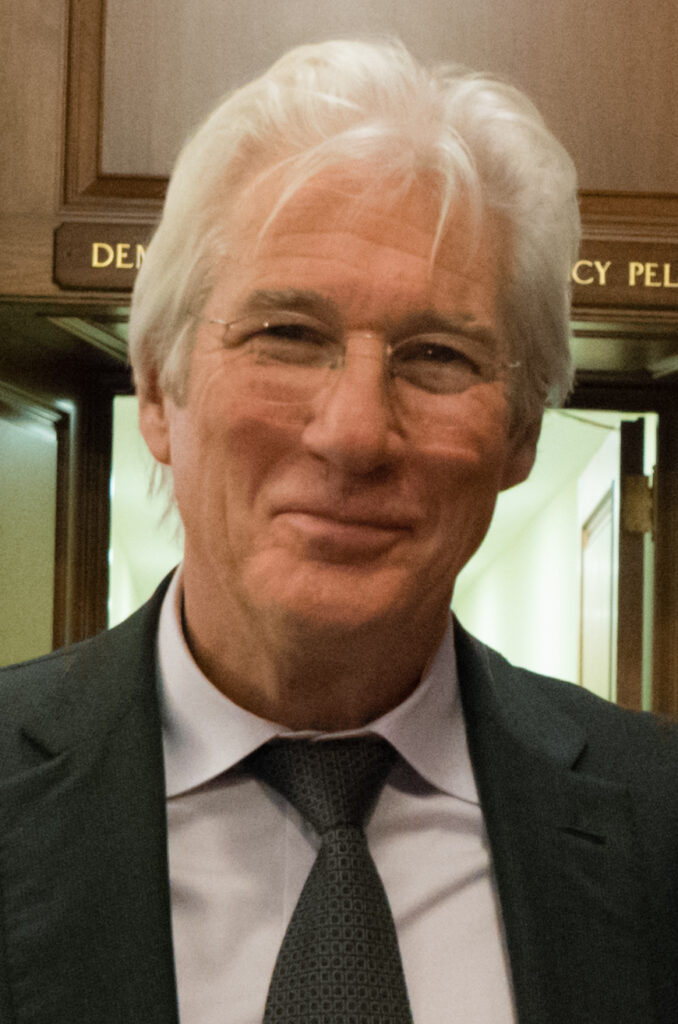
6. **Richard Gere and Sylvester Stallone**Long before their individual ascensions to megastar status, Richard Gere and Sylvester Stallone were embroiled in a little-known, yet intensely personal, behind-the-scenes feud that ultimately led to a significant casting change. The conflict unfolded during the production of the 1974 coming-of-age drama “The Lords of Flatbush,” a project that marked an early crossroads in both actors’ careers. Stallone later shed light on the origins of their animosity during a 2006 Q&A session with Ain’t It Cool News.
Gere had initially been cast as the lead character, Chico. However, the chemistry between Gere and Stallone, far from being collaborative, was immediately antagonistic during filming. Stallone recounted an incident where Gere was reportedly “a complete jerk” on set, including being too rough during fight rehearsals. The tension escalated dramatically when Gere spilled greasy food all over Stallone’s pants, an act that pushed Stallone’s patience to its breaking point and forced a directorial intervention into their escalating friction.
The director was faced with an ultimatum: “one of us had to go, one of us had to stay,” Stallone revealed. The decision was made to replace Gere with Perry King, a pivotal moment illustrating how unmanageable on-set conflict can directly impact casting. Stallone observed that Gere “to this day seriously dislikes me,” even suspecting Stallone of perpetuating an unrelated rumor about him. This decades-long animosity, stemming from early career clashes, underscores how foundational disagreements and perceived disrespect can create lasting professional grievances that echo throughout an entire career.
Read more about: 14 Major Stars Who Flat-Out Refused to Work Together at the Same Studio: Unpacking Hollywood’s Juiciest Feuds
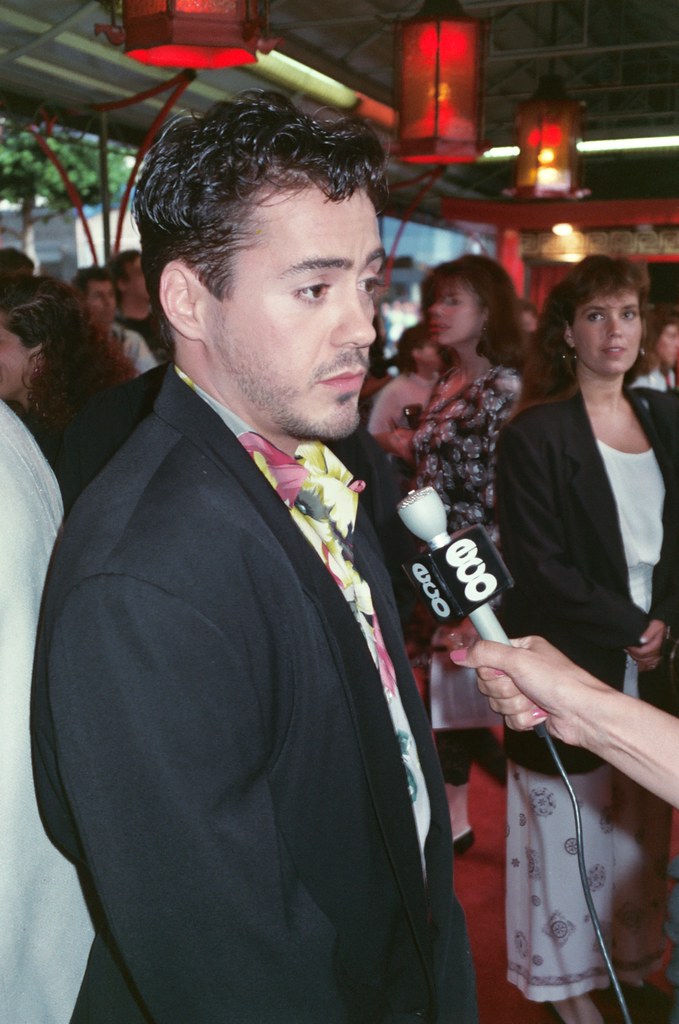
7. **Robert Downey Jr. and Terrence Howard**The Marvel Cinematic Universe is celebrated for its intricate narratives and beloved ensemble casts, but the recasting of James “Rhodey” Rhodes after the first “Iron Man” film unveiled a bitter behind-the-scenes financial and personal dispute. Terrence Howard, who originated the role, has consistently spoken out about his falling out with co-star Robert Downey Jr., framing it as a betrayal rooted in contractual disagreements and fractured friendship dynamics. This dramatic shift highlights the often-harsh financial realities of Hollywood.
Howard appeared on Bravo’s “Watch What Happens Live” in 2013, detailing how Marvel Studios, despite an initial three-movie deal, offered him “one-eighth of what we contractually had for you” for “Iron Man 2,” believing the sequel would succeed “with or without” him. Crucially, Howard placed the blame squarely on Robert Downey Jr.’s shoulders, stating, “I called my friend, that I helped get the first job, and he didn’t call me back for three months.” This perception of abandonment by a former ally who had received assistance earlier in their careers fueled Howard’s deep sense of grievance.
The fallout was substantial, leading to Don Cheadle taking over the role that he maintains to this day. It took another three years for Howard and Downey Jr. to begin to mend their differences, reportedly reuniting at director Brian Grazer’s wedding in 2016. While a reconciliation may have occurred on a personal level, the professional outcome remained unchanged. This story is a stark reminder of how high-stakes contract negotiations, coupled with perceived personal betrayals, can permanently alter cast dynamics and careers within a blockbuster franchise.
Having journeyed through the immediate sparks of on-set friction, where foundational differences ignited overt animosity, our exploration deepens. We now examine Hollywood’s more entrenched, legendary rivalries, intricate power dynamics, and the remarkable lengths productions took—even unprecedented filming solutions—to manage star feuds. These are stories of enduring conflicts, where grievances bled into personal disdain, leaving indelible marks on careers and cinematic history.
Read more about: 14 Major Stars Who Flat-Out Refused to Work Together at the Same Studio: Unpacking Hollywood’s Juiciest Feuds
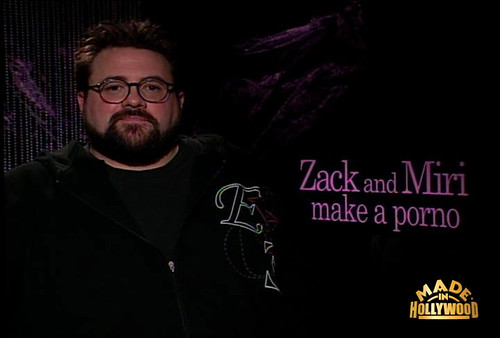
8. **Kevin Smith and Bruce Willis**Director Kevin Smith, a profound admirer, took a pay cut for 2010’s “Cop Out” with Bruce Willis. Yet, this collaboration shattered Smith’s reverence, revealing a starkly different dynamic when he directed. High hopes quickly devolved into a notorious director-star feud.
Smith publicly labeled “Cop Out” as “soul-crushing.” In his memoir, he described Willis as “the unhappiest, most bitter, and meanest emo-b**** I’ve ever met.” This unfiltered assessment highlighted the intense friction and personal disdain that permeated the set, turning a dream into a professional nightmare.
Smith credited co-star Tracy Morgan for helping him survive. He controversially stated he “might’ve killed myself or someone else” without Morgan’s support. This severe psychological toll underscores how clashes of ego and differing work ethics irrevocably sour relationships between a director and lead.
Read more about: 14 Major Stars Who Flat-Out Refused to Work Together at the Same Studio: Unpacking Hollywood’s Juiciest Feuds
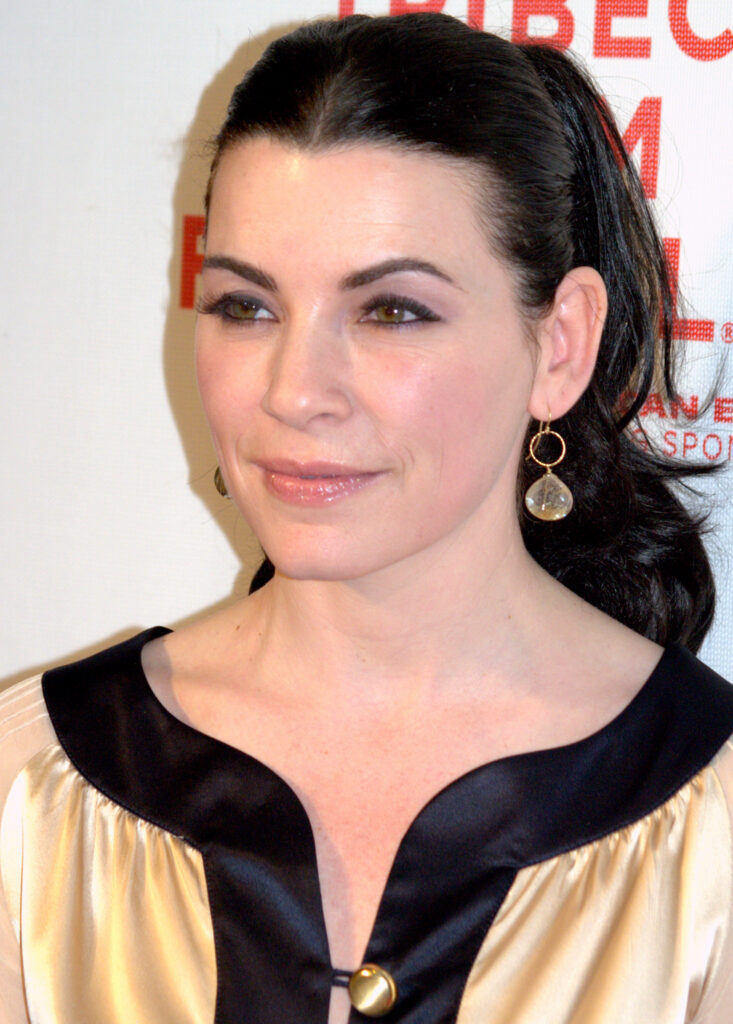
9. **Julianna Margulies and Archie Panjabi**For years, “The Good Wife” set harbored unsettling tension between Julianna Margulies and Archie Panjabi. Despite their characters’ on-screen friendship, the actresses were notoriously at odds, creating a complex logistical nightmare for production. Their palpable animosity demanded careful management.
The feud meant they were never filmed together for an astonishing 51 episodes; on-screen interactions were limited to phone calls. This extraordinary measure speaks volumes about their conflict’s depth, making physical interaction impossible without disrupting the schedule.
Even for Panjabi’s pivotal farewell, actresses filmed their parts separately. Green screen and CGI meticulously stitched performances, creating an illusion of shared space. This extreme solution highlights how personal grievances deeply permeate work, requiring technology to simulate professional harmony.
Read more about: 14 Major Stars Who Flat-Out Refused to Work Together at the Same Studio: Unpacking Hollywood’s Juiciest Feuds
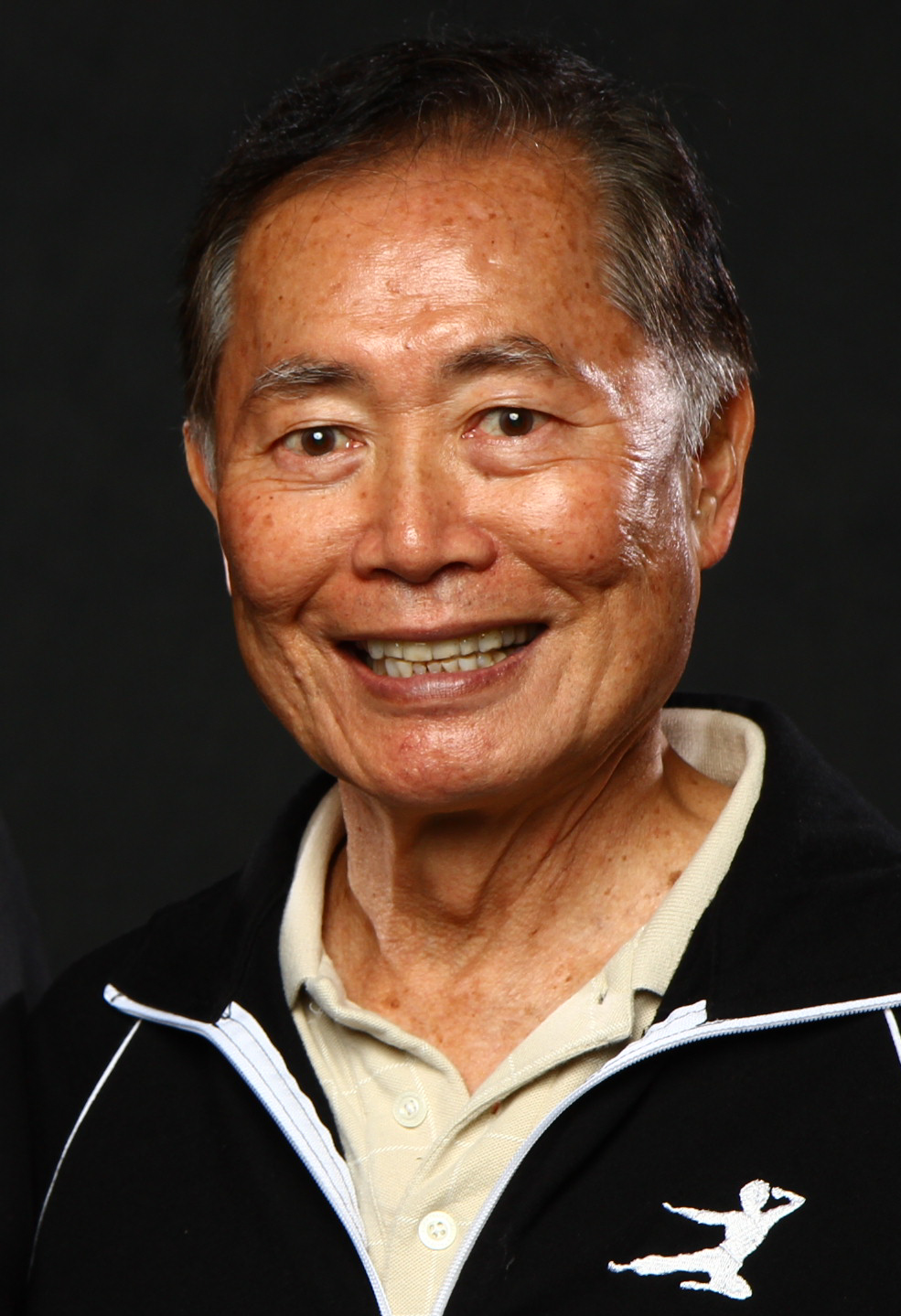
10. **William Shatner and George Takei**”Star Trek” united its crew, but off-screen, a decades-long feud simmered between William Shatner and George Takei. This legendary animosity reportedly began on the original series, Takei accusing Shatner, Captain Kirk, of being “not a team player” due to close-up disputes.
Shatner dismissed Takei’s claims, asserting he barely knew his co-star and questioning Takei’s mental health. This public denial and personal attack revealed a deep disconnect, highlighting an unwillingness to acknowledge grievances, further fueling their long-running spat.
Takei, however, recounted a “monstrous” incident during a convention for ailing James Doohan (Scotty), where Shatner allegedly dismissed his appearance as “Alzheimer’s crap.” This account of bitterness and disrespect underscores how early career dynamics create resentments that refuse to fade.
Read more about: 14 Major Stars Who Flat-Out Refused to Work Together at the Same Studio: Unpacking Hollywood’s Juiciest Feuds
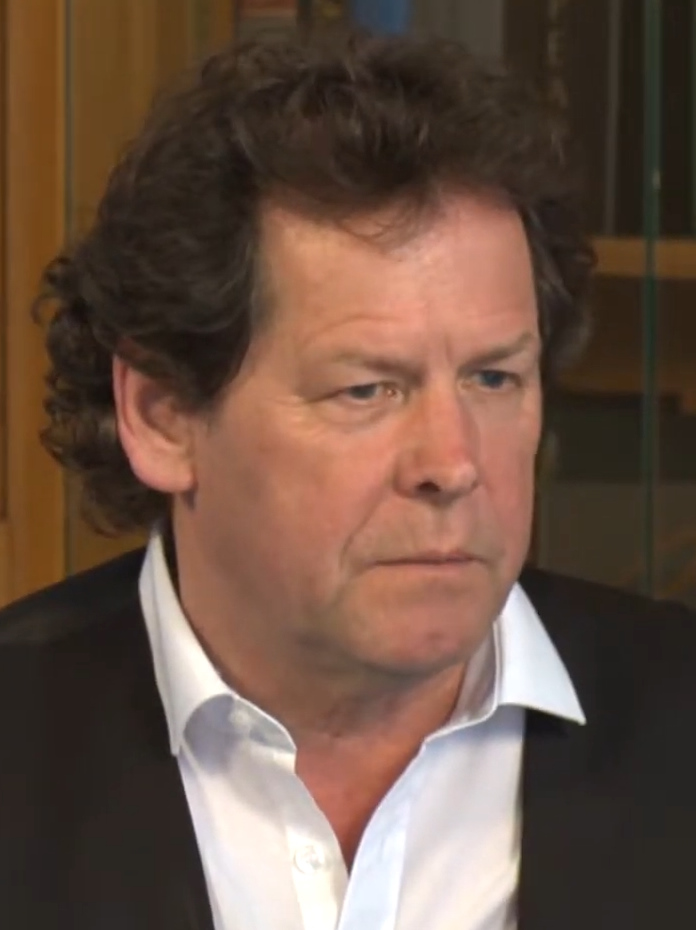
11. **Tony Curtis and Marilyn Monroe**While “Some Like it Hot” is revered, its production was no laughing matter for Tony Curtis. Marilyn Monroe’s notorious on-set behavior created a chaotic, costly environment, challenging cast and crew patience with erratic conduct and frequent delays.
Monroe’s persistent tardiness, reported pill addiction, and struggle to deliver lines often necessitated dozens of takes. This relentless repetition exasperated co-stars; Curtis and Jack Lemmon reportedly bet on required takes. Such a challenging environment strained professional relationships.
Curtis’s frustration peaked during a difficult kissing scene. When later asked about the experience, his infamous reply was, “[it was] like kissing Hitler!” This visceral comment vividly captured his profound disdain and exasperation, cementing their animosity in Hollywood lore.
Read more about: 14 Major Stars Who Flat-Out Refused to Work Together at the Same Studio: Unpacking Hollywood’s Juiciest Feuds
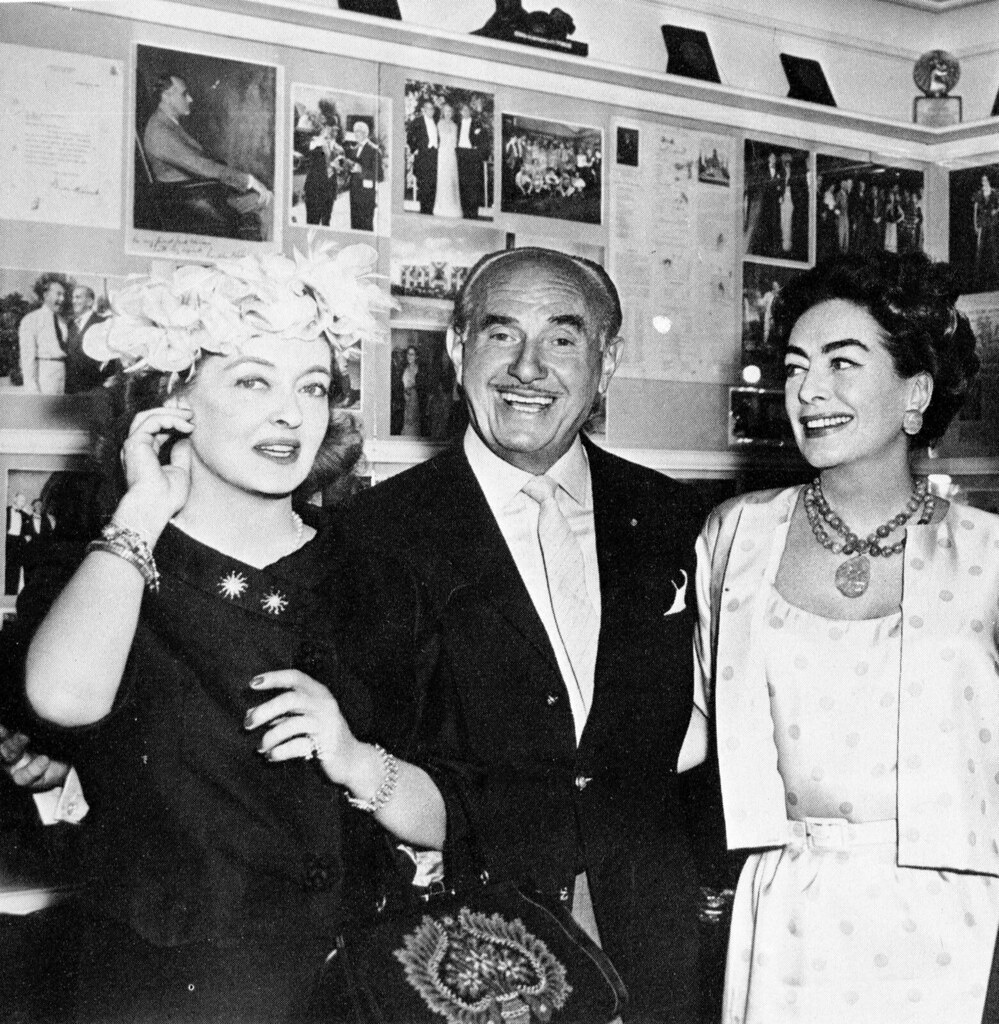
12. **Bette Davis and Joan Crawford**Few rivalries burn as fiercely as Bette Davis and Joan Crawford’s, a deep-seated hatred spanning decades. Their conflict ignited early, fueled by incidents like Crawford marrying Franchot Tone. Davis famously retaliated, saying Crawford “slept with every male star at MGM except Lassie.”
Their bitter rivalry reached its zenith co-starring in 1962’s “What Ever Happened to Baby Jane?,” a thriller depicting antagonistic sisters. The on-set tension was palpable, a constant undercurrent to the film, providing a combustible backdrop for their real-life hatred.
The feud escalated when only Davis received an Oscar nomination. A livid Crawford campaigned against Davis and, in stunning public sabotage, accepted the Oscar for Anne Bancroft, overshadowing Davis. Producer William Frye recounted Davis’s furious reaction, cementing their legendary status.
Read more about: 14 Major Stars Who Flat-Out Refused to Work Together at the Same Studio: Unpacking Hollywood’s Juiciest Feuds
13. **Robert De Niro and Mickey Rourke**Mickey Rourke once idolized Robert De Niro, but this reverence shattered during their 1987 “Angel Heart” collaboration. Rourke recalled De Niro’s cold reception, allegedly stating it was “better if we don’t talk.” This professional distance, though possibly method acting, deeply wounded Rourke.
Decades later, Rourke claimed he was in line for a part in Scorsese’s “The Irishman,” but alleged De Niro personally intervened, refusing to work with him. This alleged blackballing, though denied by producers, was profoundly painful for Rourke, underscoring power dynamics.
Rourke’s belief in De Niro’s refusal highlights a deep-seated grievance. This incident starkly illustrates how perceived slights and industry power can lead to profound, career-altering resentments, demonstrating that some wounds in Hollywood never truly heal.
Read more about: 14 Major Stars Who Flat-Out Refused to Work Together at the Same Studio: Unpacking Hollywood’s Juiciest Feuds

14. **Dwayne Johnson and Vin Diesel**The 2016 feud between “The Fate of the Furious” co-stars Dwayne Johnson and Vin Diesel, initially dismissed as a publicity stunt, proved genuinely contentious. Johnson publicly slammed an anonymous co-star as a “candyass,” later confirming his remarks targeted Diesel, whose tardiness was a source of frustration.
Johnson revealed “a fundamental difference in philosophies,” leading to extraordinary measures. Their scenes in “The Fate of the Furious” were deliberately shot to hide they were never together on set, a logistical feat to manage their profound professional discord.
Despite deep friction, franchise demands compelled a pragmatic truce. Johnson’s return in “Fast X” illustrates how commercial imperatives sometimes compel estranged co-stars to collaborate, albeit under carefully managed conditions minimizing personal animosity.
Read more about: Behind the Glitz: 14 A-Listers Who Flat-Out Refused to Share the Screen (And What Went Down)
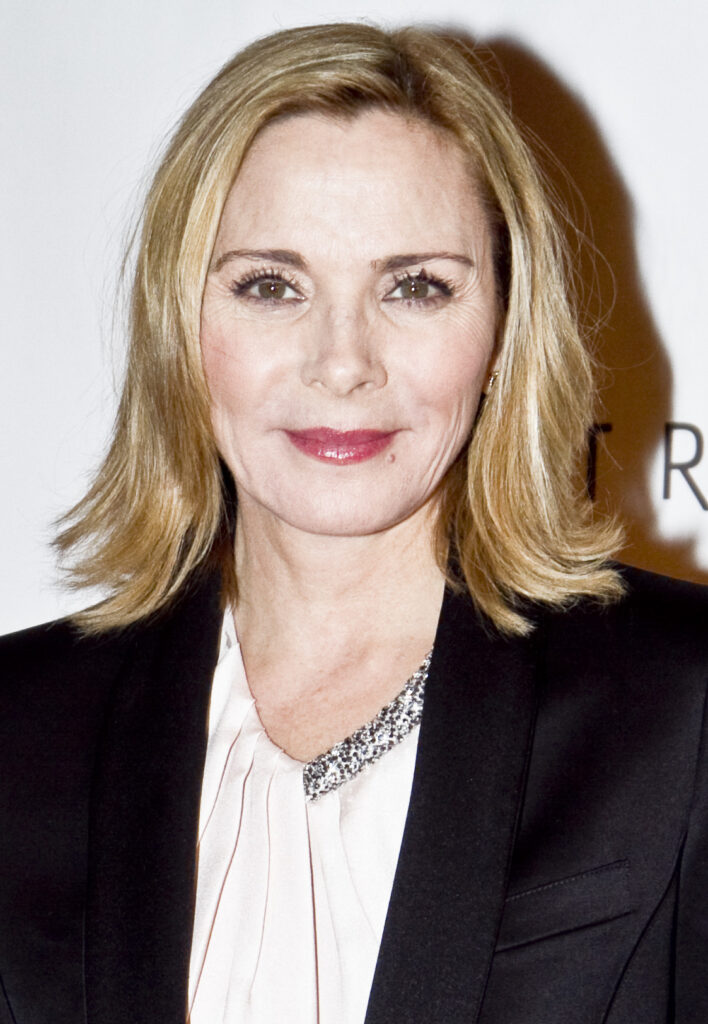
15. **Kim Cattrall and Sarah Jessica Parker**The animosity between “Sex and the City” co-stars Kim Cattrall and Sarah Jessica Parker is one of Hollywood’s most infamous and prolonged feuds. Despite on-screen friendship, Cattrall reportedly felt ostracized, leading to a profound off-screen rift dramatically impacting the beloved franchise.
Though they filmed two movies, Cattrall’s firm decision not to return for a third broke any fragile peace, escalating grievances publicly. Her departure marked a definitive end to direct professional collaborations and set the stage for future clashes.
The feud reignited devastatingly after Cattrall’s brother passed, prompting her scathing public rebuke on Instagram, telling Parker to “stop exploiting our tragedy.” Her Season 2 cameo was meticulously orchestrated for no direct interaction, underscoring the enduring nature of their animosity.
Read more about: Beyond the Headlines: 12 Unforgettable Hollywood Feuds That Rocked the Industry
From raw clashes of acting styles to decades-long vendettas and logistical gymnastics keeping co-stars apart, these stories remind us the human element is always at play, even in the most polished and fantastical realms of Hollywood. They offer a potent counter-narrative to Tinseltown camaraderie, revealing complex, often painful, tales of friction and bruised egos. These sagas are vital insights into the volatile alchemy defining cinematic magic, proving sometimes, the most dramatic performances happen off-screen.


